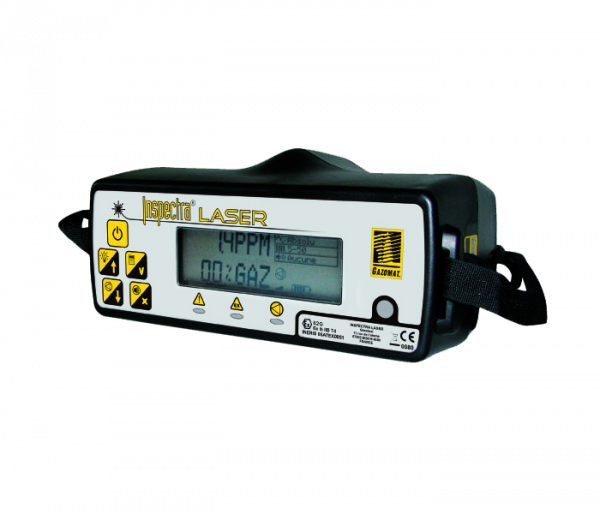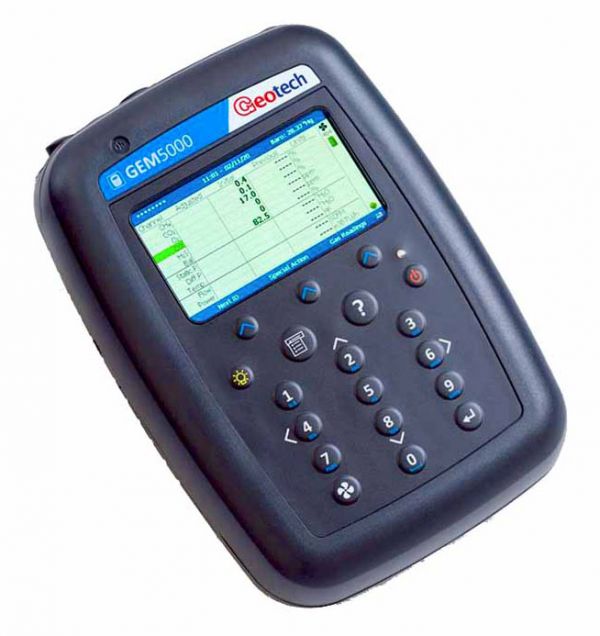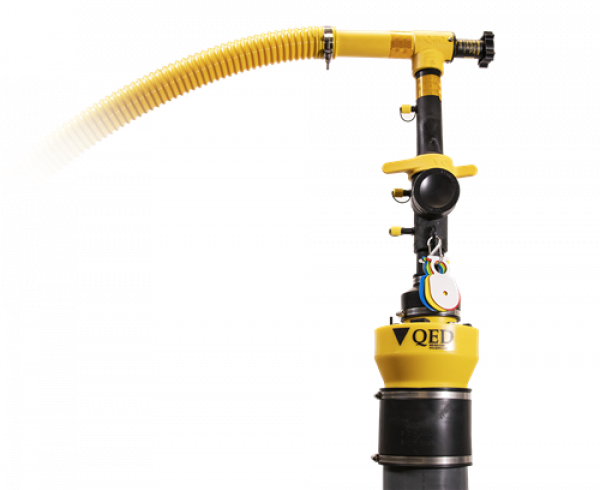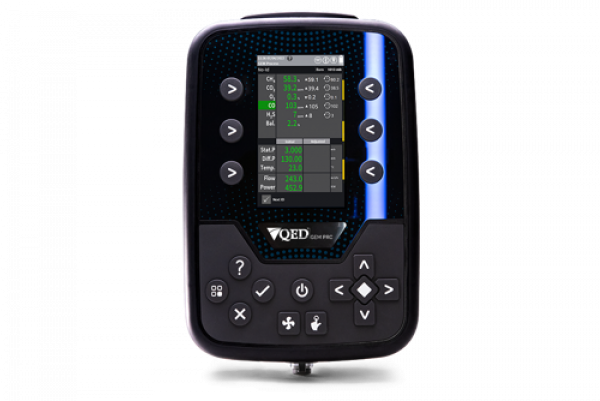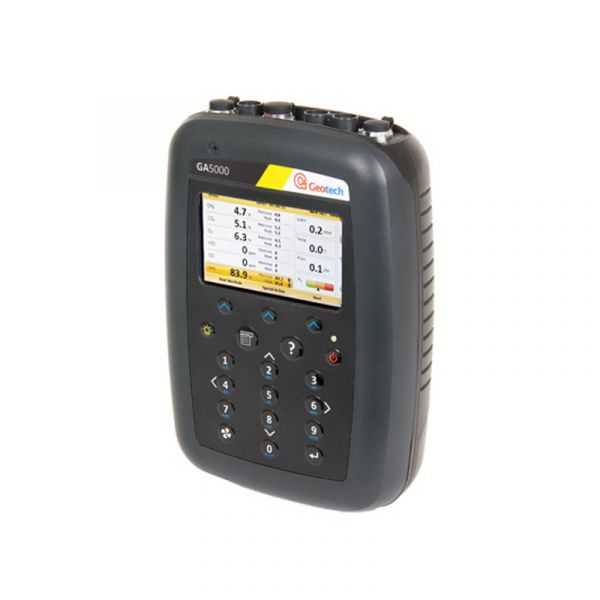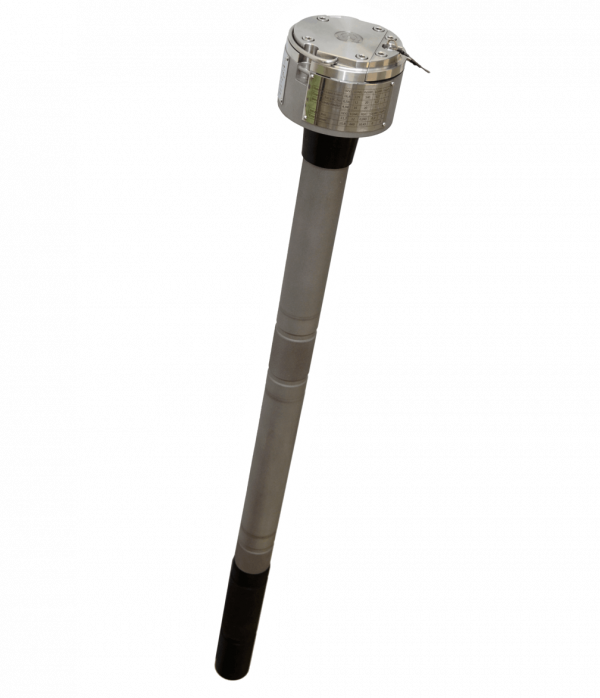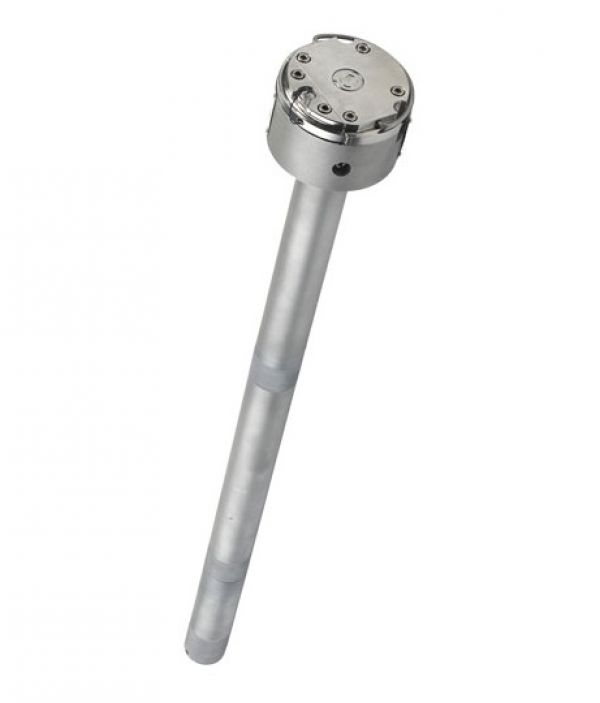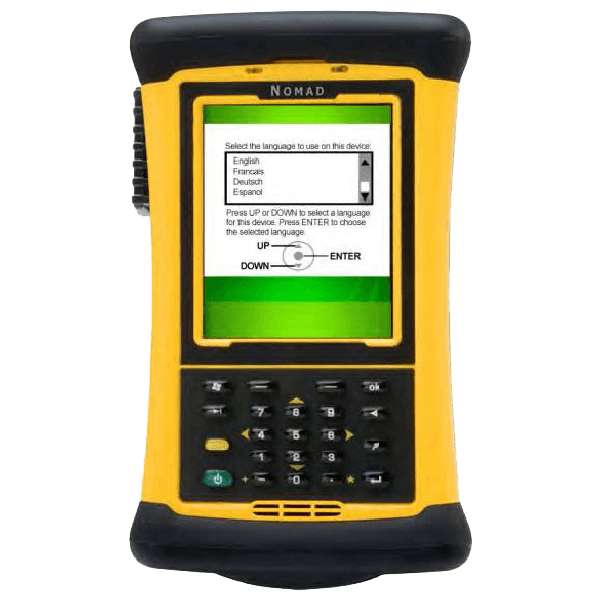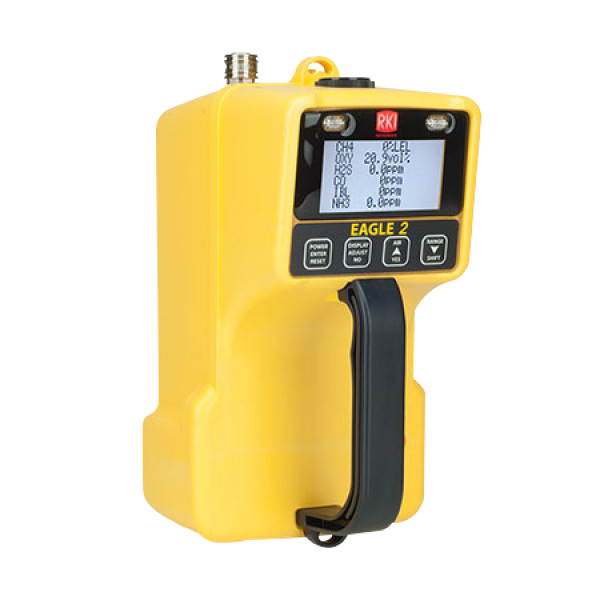Yes, both category 1 and 2 landfill gas analysers are available for hire from Air-Met Scientific. Landfill gas analysers are available from our 6 office locations across Australia in Melbourne, Sydney, Brisbane, Mackay, Perth and Adelaide. Contact your local Air-Met Scientific rental team today to discuss your landfill gas analysis equipment rental requirements today.
Yes, landfill gas analysers need to be calibrated. Calibration is essential to ensure the landfill gas analyser is displaying correct readings. Calibration method and frequency will depend on the specific type of landfill gas analyser. For detailed information on the calibration process and requirements, it is advisable to consult the manufacturer's manual specific to the instrument in question. Book a calibration at your local Air-Met Scientific office today.
Landfill gas is a byproduct of microbial decomposition of organic waste materials in landfills. The composition of landfill gas depends on a range of factors including the type of waste in the landfill, the microbiome, local climate and more. In general, landfill gas tends to be composed of approximately 50% methane (CH4) and 50% carbon dioxide (CO2) alongside a small number of organic compounds other than methane such as nitrogen, oxygen and trace contaminants.
Portable gas detectors and a gas analysers serve similar but distinct purposes:
Portable Gas Detectors:
- A handheld device designed to detect the presence of specific gases in the environment.
- It typically focuses on detecting hazardous gases or vapours that could pose a risk to human health or safety.
- Portable gas detectors are commonly used in industrial settings, confined spaces, construction sites, and other environments where there may be a risk of gas leaks or exposure to toxic gases.
- Portable gas detectors typically provide real-time readings of gas concentrations and may also include audible and visual alarms to alert users to dangerous levels of gas.
Landfill Gas Analysers:
- A gas analyser is a more specialized instrument used to measure and analyse the composition of gases in a sample.
- Gas analysers are commonly used in landfill monitoring and remediation, laboratory settings, industrial processes, environmental monitoring, and research applications.
- Unlike portable gas detectors, gas analysers for landfills are typically not handheld and are often stationary or semi-portable devices.
- They are capable of analysing the concentration of multiple gases simultaneously and with greater precision than portable gas detectors.
The regulatory requirements for landfill gas monitoring depend on what state the landfill site is located in. Most State and Territory EPAs and other Environmental Agencies in Australia have published guidelines to meet obligations imposed by state-specific environmental protection acts for landfill monitoring and waste management (except Western Australia and the ACT).
Here are some useful resources:
- EPA Victoria - 1684: Landfill gas fugitive emissions monitoring guideline
- EPA NSW – Environmental Guidelines: Solid waste landfills, second edition
- EPA SA – Environmental management of landfill facilities: Soil waste disposal
- QLD Department of Environment and Science - Model operating conditions: ERA 60 Waste disposal
- NT EPA - Guidelines for the Siting, Design and Management of Solid Waste Disposal Sites

